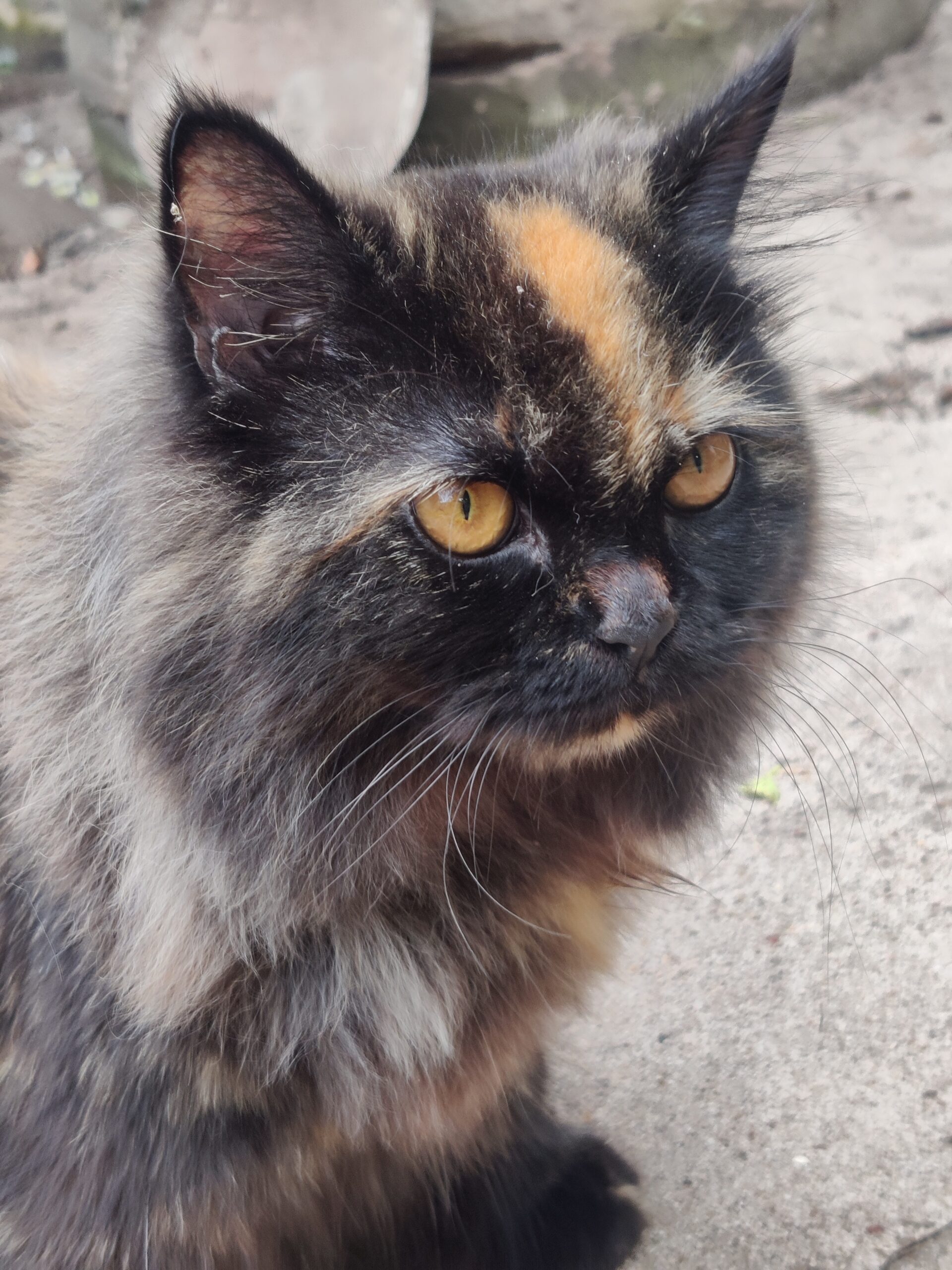Persian cats are known for their distinctive physical features, including their fluffy coats, round faces, and short, stocky bodies. One of the key characteristics of this breed is the length of their tails. In this blog post, we will explore the details of Persian cats’ tails and address the question: Do Persian Cats Have Short Tails?
What is the Typical Tail Length of Persian Cats?

Persian cats typically have short tails that are in proportion to their medium to large-sized bodies. According to the Cat Fanciers’ Association (CFA), the ideal Persian cat’s tail should be “short, but in proportion to body length” and carried “without a curve and at an angle lower than the back.” While there is no specific measurement provided for the tail length, it is generally described as being shorter than the tails of other cat breeds.
Do Persian Cats Have Tail Deformities?

While Persian cats are known for their short tails, some individuals within the breed may exhibit tail deformities, such as kinked or abnormal tails. These deformities are considered disqualifications in cat shows, as they do not align with the breed’s established standards.
Prevalence of Tail Deformities in Persian Cats
Tail deformities are not uncommon in Persian cats, as the breed’s selective breeding for specific physical traits, including the head structure and body type, can sometimes lead to congenital anomalies, such as tail deformities.
Causes of Tail Deformities in Persian Cats
The primary cause of tail deformities in Persian cats is genetic factors. The selective breeding practices used to enhance certain physical characteristics in the breed can inadvertently lead to the emergence of genetic abnormalities, including those affecting the tail.
Impact of Tail Deformities on Persian Cats’ Health and Behavior
While tail deformities themselves may not significantly impact the cat’s health, they can be indicative of underlying genetic issues. However, in most cases, a kinked or broken tail does not affect the cat’s behavior or overall health.
How to Care for Persian Cats with Tail Deformities
For Persian cats with tail deformities, the general care requirements remain similar to those for cats without such issues. However, owners should be vigilant about monitoring the cat’s overall health and ensuring that any deformity does not lead to discomfort or injury.
General Care Tips for Persian Cats with Tail Deformities
There are no specific care tips for managing tail deformities in Persian cats, but regular grooming and inspections can help identify any potential issues early. Owners should ensure that the cat’s tail is not causing any discomfort and that the cat is able to move freely without pain.
Products for Managing Tail Deformities in Persian Cats
There are no specific products designed to manage tail deformities in cats. However, using gentle grooming tools and ensuring the cat’s environment is safe and free from hazards can help prevent injuries to the tail.
Conclusion
In summary, Persian cats typically have short tails that are in proportion to their medium to large-sized bodies. While tail deformities can occur in the breed due to genetic factors, these are considered disqualifications in cat shows. Owners of Persian cats with tail deformities should monitor their pets’ overall health and ensure that the deformity does not cause any discomfort or injury. With proper care and vigilance, Persian cats with tail deformities can live happy and healthy lives.
